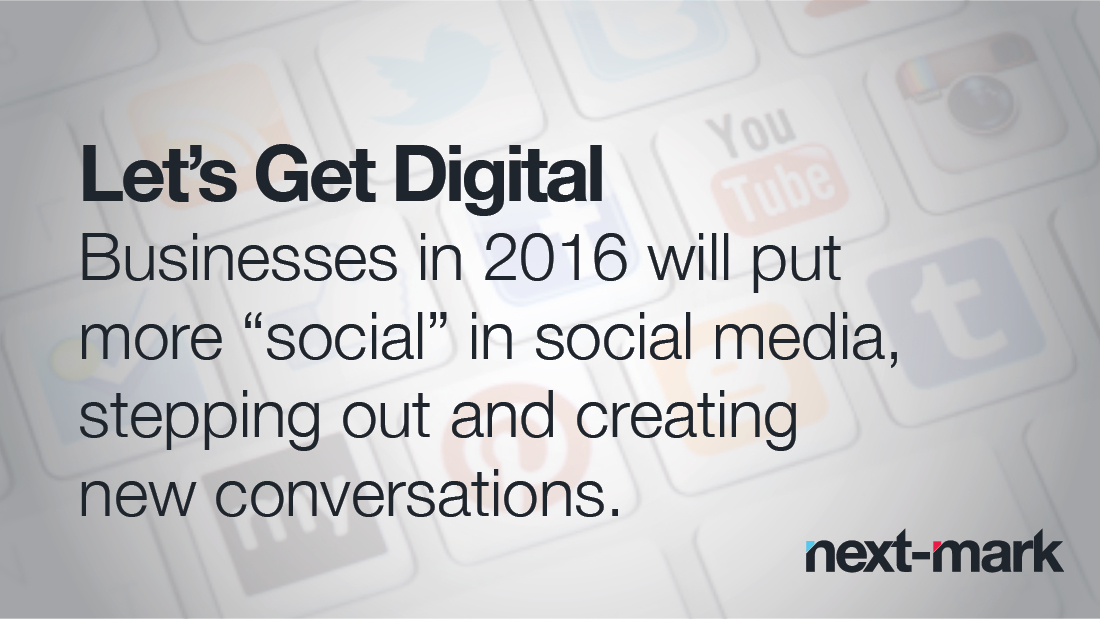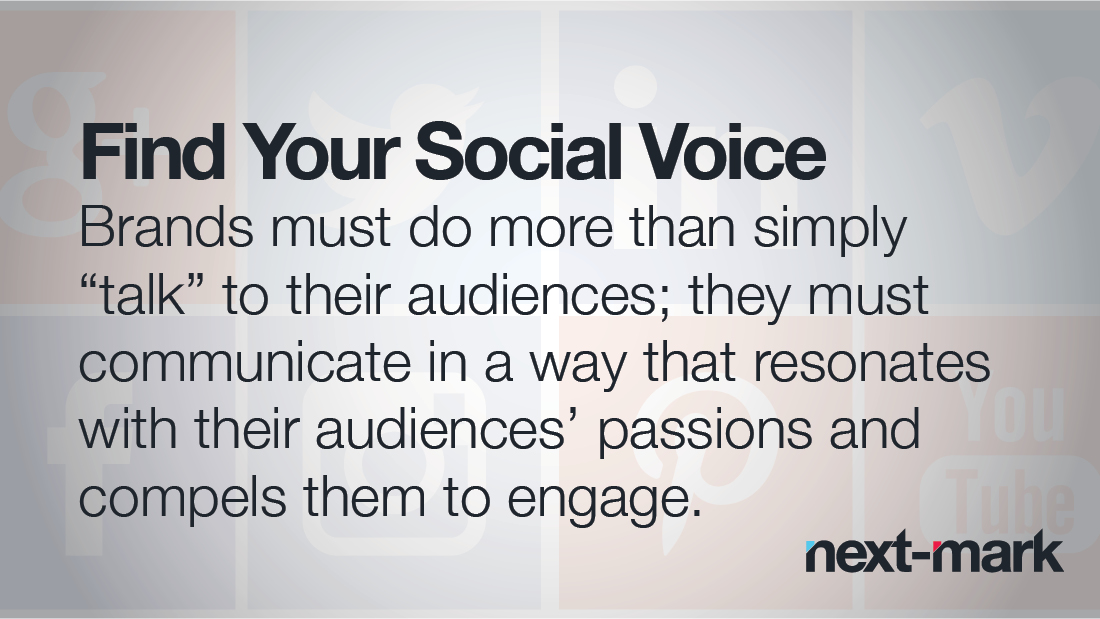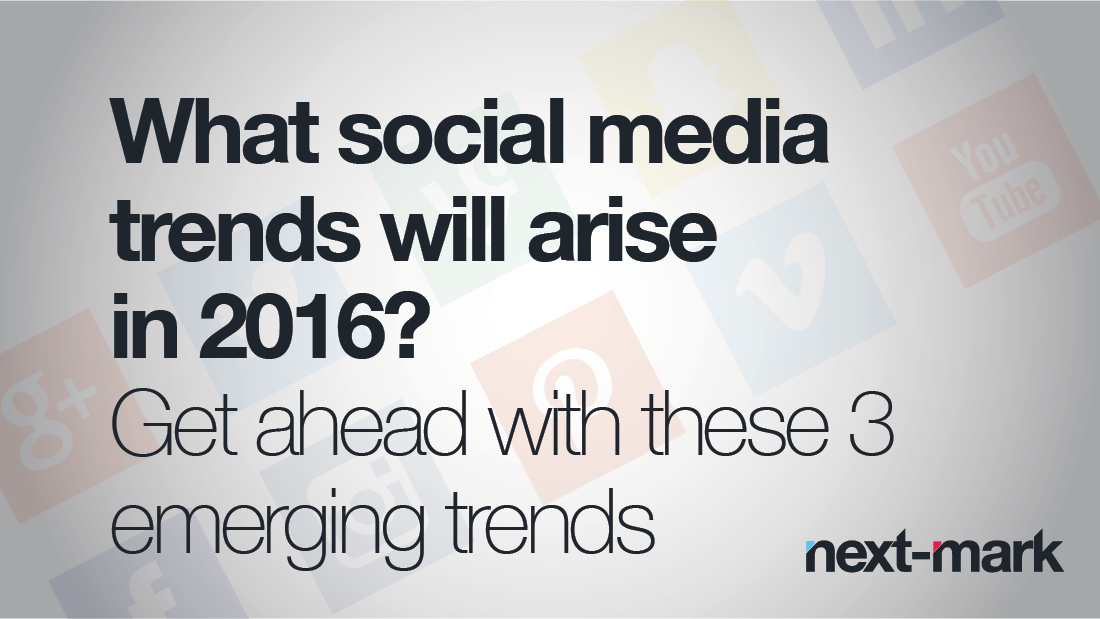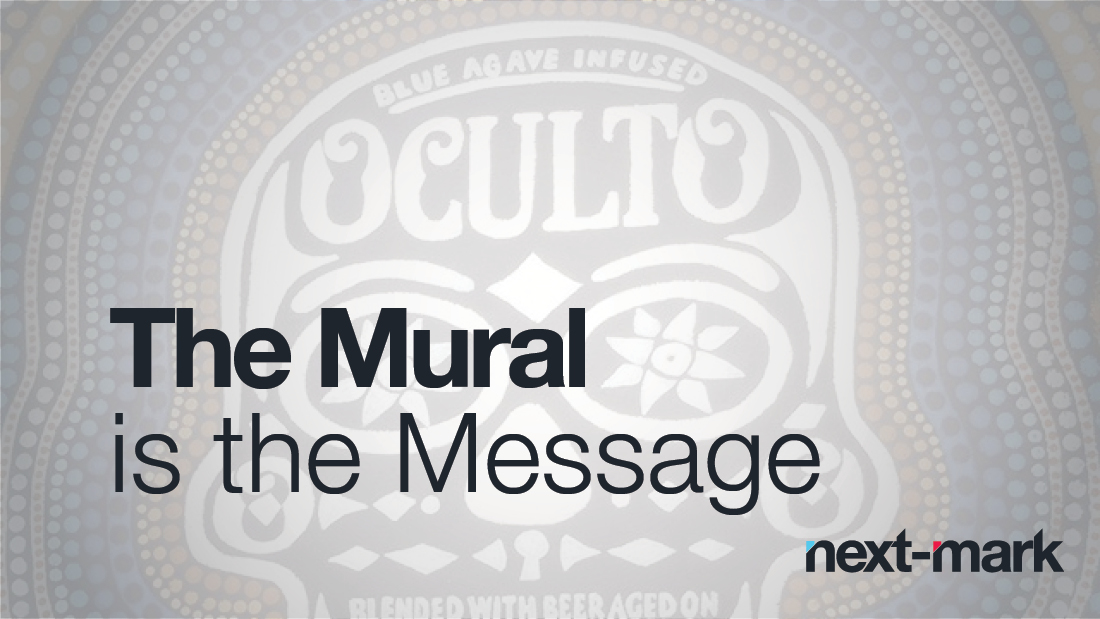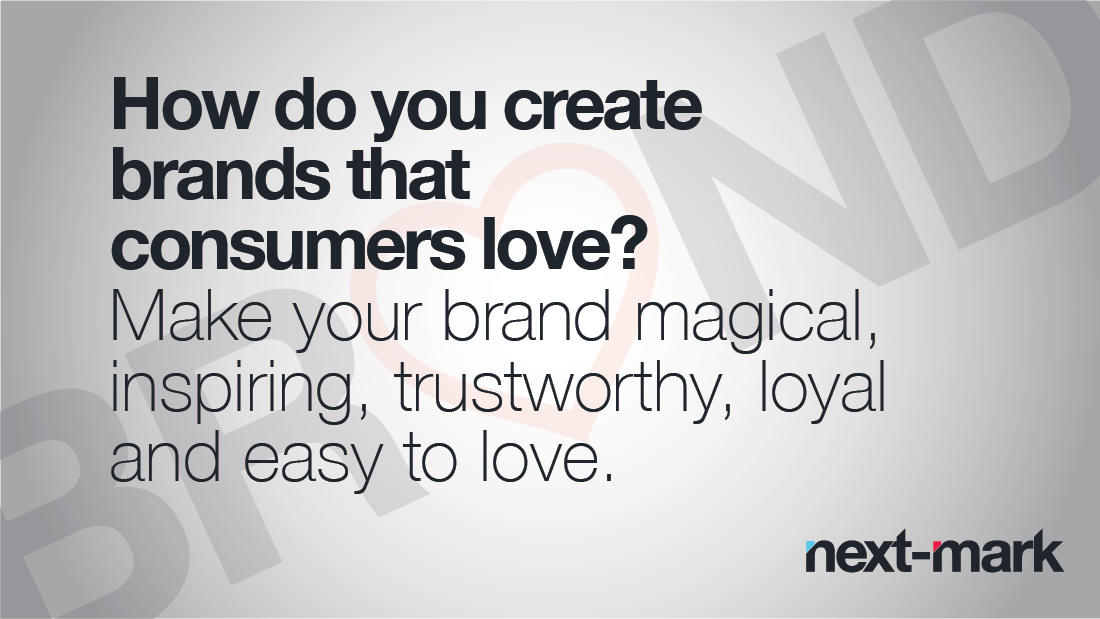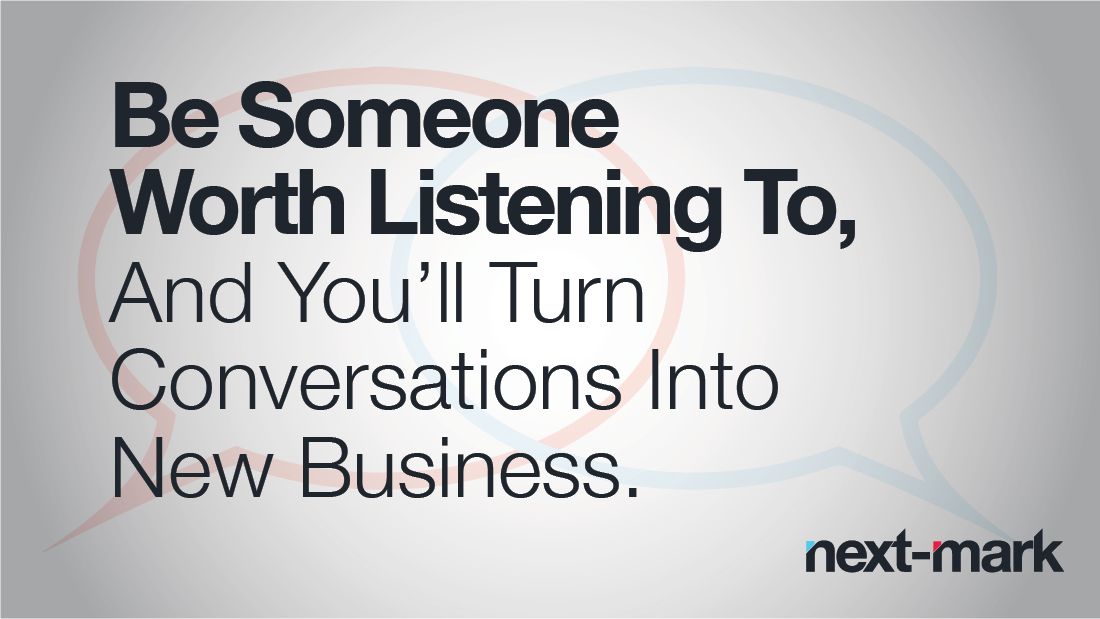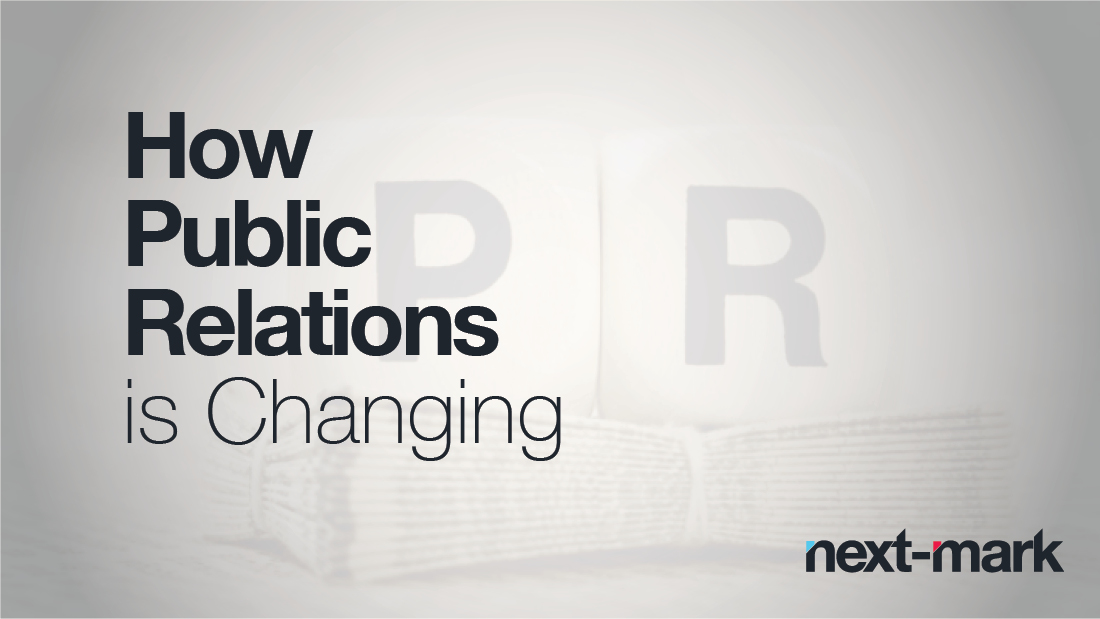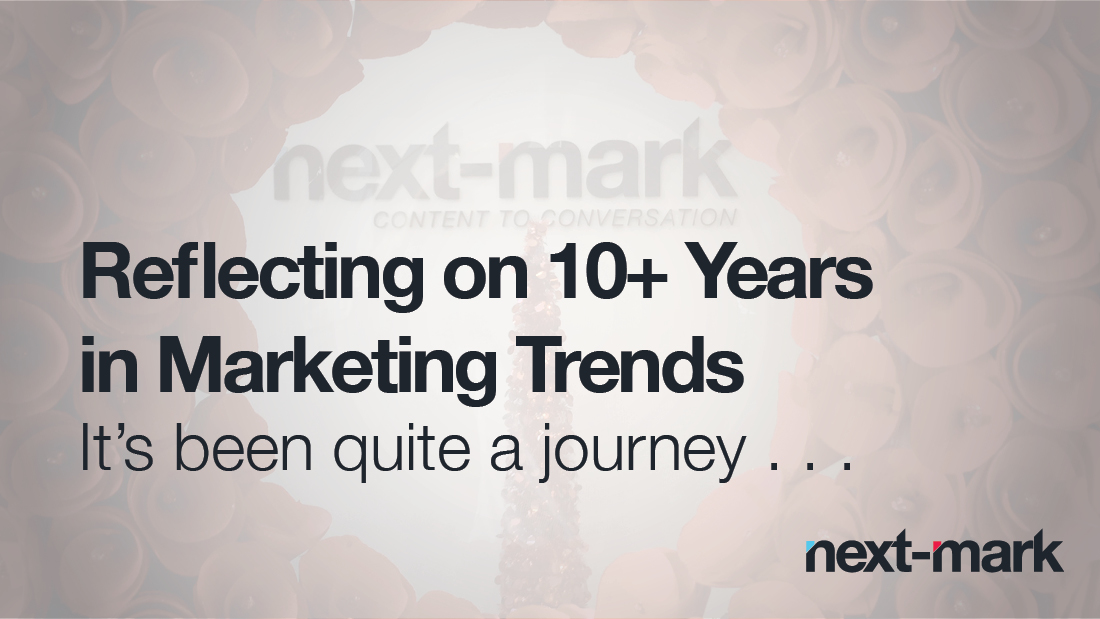
It’s been quite a journey…
As 2015 ends, we at Next-Mark are putting the bow on our 11th year in business. A lot has happened since that fateful day we first opened our virtual doors. We’ve worked with amazing clients from around the world, helping new companies get started, venerable companies change with the times and established companies grow even stronger. In those 11 years, we grew as they did, adding staff and services and becoming a full-tilt bricks-and-mortar operation.
Throughout those years, we worked hard at keeping our clients ahead of ongoing change during what was one of marketing’s most volatile periods, a decade in which businesses and consumers forever changed their relationships.
For instance, during the past 11 years:
Mobile phones went from a convenience to a lifeline to, in some cases, an addiction. Enter Smartphones, and possibilities exploded. Knowledge literally was in the palm of the hand, and marketing could to be anywhere the consumer was. Moreover, tablets have created a new category of interaction and communications.
Consumers were introduced to the era of “talk less, say more,” with micro-content on social media sites that marketing extrapolated into pithy pitches.
They also got over the fear of “big brother” knowing all about them, to the point of expecting curated marketing messaging personalized just for them. With this knowledge, of course, came the responsibility for marketers to actually deliver information that mattered to each individual.
Media and advertisers began offering stories and promotions that require virtual reality glasses to view.
The average American began spending an hour and 40 minutes a day on his or her multiple social media sites, checking feeds and, perhaps, being diverted by personalized ads.
Fighting through the marketing clutter got harder, as democracy ruled and any size, type and quality of company could reach their audiences.
Fragmentation of attention reached new heights, as individuals watch (often recorded) TV while surfing on iPads, glanced at their smart watches and answering every mobile ding. With this came new focus on messaging that matters.
The need for speed increased, as consumers sought information and goods in as few clicks as possible or through frictionless payment integrations, allowing them to go on with their hectic lifestyles and their next online connection.
As we enter 2016, these and other constantly evolving technologies, trends and expectations no doubt will keep marketing on the move, and we will continue to keep our clients out in front.
Wishing you a Happy, Healthy and Prosperous New Year!
